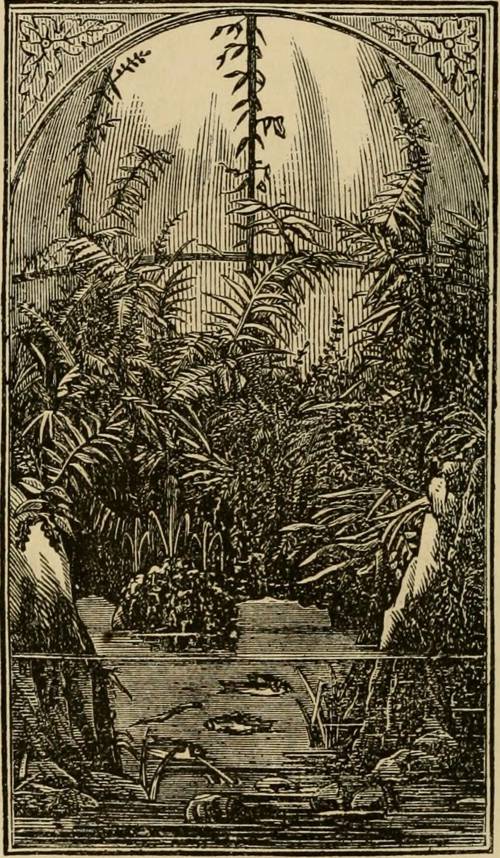
FAQ About Indoor Plant Soil Cation Exchange Capacity

What is cation exchange capacity (CEC) in indoor plant soil?
Cation exchange capacity (CEC) refers to the ability of soil to hold positively charged ions, known as cations. In indoor plant soil, CEC is crucial as it influences the soil's ability to supply essential nutrients to the plants. High CEC means more nutrient retention capability, which is beneficial for the growth and health of indoor plants.

Why is CEC important for indoor plant health?
CEC affects indoor plant health by determining how well the soil can store and supply nutrients like potassium, calcium, and magnesium. Soils with a higher CEC can hold and exchange more nutrients, providing a consistent supply to plants, thereby promoting robust growth and reducing the need for frequent fertilization.

How can I measure the CEC of my indoor plant soil?
The CEC of soil can be measured through laboratory analysis. This involves collecting a soil sample and sending it to a lab where they test the cation exchange properties using chemical analysis. The results are typically expressed in milliequivalents per 100 grams of soil (meq/100g).

What soil factors influence CEC?
Several soil factors can influence CEC, including the type of soil minerals, organic matter content, and pH level. Soils with high clay content and organic matter usually have higher CEC due to their larger surface areas and ability to hold onto cations.

Does increasing soil CEC always benefit indoor plants?
While higher CEC generally indicates greater nutrient holding capacity, it is not always beneficial if other factors, such as drainage and aeration, are compromised. It's important to maintain a balance where CEC is complemented by good soil structure to prevent issues like root rot.

How do clay and organic matter affect soil CEC?
Clay particles and organic matter significantly affect soil CEC due to their negative charge, which attracts and holds positively charged cations. More clay and organic matter increase the surface area for cation exchange, thus enhancing the soil's ability to retain nutrients.

Can potting soils vary in their CEC?
Yes, potting soils can vary in their CEC depending on their composition. Potting mixes high in organic matter or containing certain types of clay can have higher CEC, offering better nutrient retention compared to soils that are primarily sandy or peat-based.

How can I improve the CEC of my indoor plant soil?
To improve soil CEC, incorporate organic matter such as compost or aged manure, and consider mixing clay-based amendments into the soil. These materials enhance nutrient retention and provide a balanced medium for indoor plant growth.

What role do cations like potassium, calcium, and magnesium play in indoor plant soil with high CEC?
In soils with high CEC, cations like potassium, calcium, and magnesium are more readily available for plant uptake. These nutrients are essential for plant processes such as photosynthesis, cell structure maintenance, and enzyme regulation, ultimately supporting healthy plant growth and development.

Does soil pH affect CEC?
Yes, soil pH can affect CEC. Generally, soils that are neutral to slightly acidic have a higher CEC because certain cations are more readily exchangeable. Extremely acidic or alkaline soils may have altered CEC due to changes in mineral solubility and organic matter interactions.

What should I look for in potting soil if I want a high CEC for my indoor plants?
When selecting potting soil for high CEC, look for ingredients like clay minerals and organic matter, such as compost or humus. These components contribute to higher CEC by increasing the soil's capacity to retain and exchange nutrient cations.

How does CEC impact fertilizer usage for indoor plants?
Soils with higher CEC can retain fertilizers more effectively, reducing nutrient leaching and allowing for less frequent application. This ensures a more consistent nutrient supply to indoor plants and enhances overall nutrient efficiency.

Can commercial potting mixes have low CEC?
Yes, some commercial potting mixes can have low CEC, especially those that are primarily composed of peat or coco coir, which may not contain sufficient clay or organic additives. It's important to assess the components if CEC is a concern for plant nutrition.

How does sand content affect the CEC of potting soil?
Sand content generally lowers the CEC of potting soil because sand particles have a much smaller surface area and fewer sites for cation exchange. Soils high in sand may require additional organic matter or clay amendments to boost their nutrient holding capacity.

Is it possible to have too much CEC in indoor plant soil?
Yes, excessively high CEC can lead to problems such as poor drainage and potential nutrient imbalances if the soil is too dense. It is essential to maintain a balance to ensure that drainage and aeration are not compromised while still providing ample nutrient retention.

What are common misconceptions about CEC in indoor plant soil?
One common misconception is that higher CEC always equates to better soil quality. While it does indicate greater nutrient retention capacity, it must be balanced with aspects like soil structure and drainage to be beneficial. Another misconception is that CEC cannot be altered; it can be adjusted by amending the soil.

Does compost increase the CEC of indoor plant soil?
Yes, compost can increase the CEC of indoor plant soil. As an organic matter-rich amendment, compost enhances the soil's ability to retain nutrients, thereby indirectly supporting better growth conditions for indoor plants.

How does temperature affect the CEC of indoor plant soil?
Temperature primarily affects the biological activities in the soil that are involved in organic matter decomposition, which can influence CEC. Warmer temperatures tend to increase microbial activity, potentially enhancing the breakdown of organic materials and affecting the overall CEC over time.

What types of indoor plants benefit most from high CEC soil?
Plants that have high nutrient requirements or those that are sensitive to nutrient fluctuations benefit most from high CEC soil. This includes species like ferns, tropical plants, and certain flowering plants that need consistent nutrient levels for optimal growth.

How can I tell if my indoor plant soil has poor CEC?
Signs of poor CEC in indoor plant soil include frequent nutrient deficiencies despite regular fertilization, poor plant growth, and rapid leaching of nutrients when watering. Testing the soil through a laboratory analysis can confirm the CEC levels and help in addressing any deficiencies.
